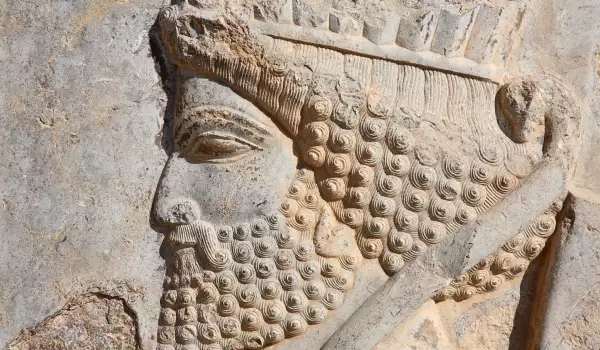Even though few people today know of the existence and location of the city of Nimrud, at one point in time, nearly 3000 years ago, it served as the capital of the known world. In 879 BC, the city was proclaimed the capital of the mighty Assyrian Empire by its greatest ruler, king Ashurnasirpal II.
The ruins of Nimrud are located 18.5 mi (30 km) from the second largest city in Iraq - Mosul. At its zenith during Ashurnasirpal II's reign, the city was the largest and most prosperous in the world.
During the rule of the famed king, Assyria transformed into the world's first empire, spanning across the territory of the entire Near East and Egypt. All of the wealth of the conquered peoples trickled into Nimrud.
They built massive palaces during that time, including the largest ziggurat in Mesopotamia and the royal palace, whose grandeur was so vast that it was even described in the Bible. Around the immense square-shaped inner courtyard rose the palace complex, including the king's quarters, parade halls, women's quarters, guestrooms, servants' and soldiers' quarters.
The walls of the palace were decorated with bas-relief, depicting the martial feats of the monarch, hunting scenes, feasts, all portrayed exceptionally realistically by the sculptors. At the entrance to the palace parade halls, like some kind of mute guards, stood the "shedu" - fantastical winged bulls with human heads. The palace complex, along with the temples, was surrounded by high walls.
The main archaeological finds in Nimrud were discovered by sir Max Mallowan and Austen Henry Layard. During every single expedition they uncovered numerous golden decorations, containers, statues of ivory. But that which left the greatest impression in the archaeologists was the majestic architecture.

All agree that in its days of splendor, Nimrud was perhaps the most glorious city in all the world.
"When the sunset ignited these lush colors in the sky, Nimrud might have looked to the traveler that first glimpsed it from the valley as a vision from a magical world, " was how the great scientist Henry Rollinson described the city in his view.
In 606 BC, Assyria was destroyed by Media and the Neo-Babylonian Kingdom, while Nimrud was razed to the ground in 612 by the Medes and Chaldees. It remained forgotten for a long time and was rediscovered in the middle of the 19th century. The last official excavations in it were done in 1960.
Afterward, the political situation in Iraq would not allow any more. After the American invasion of the Middle Eastern country, part of the remaining city was further destroyed. Currently, Nimrud is in the hands of the Islamic State (ISIS), which caused yet more extensive damage and its subsequent fate remains unknown.











